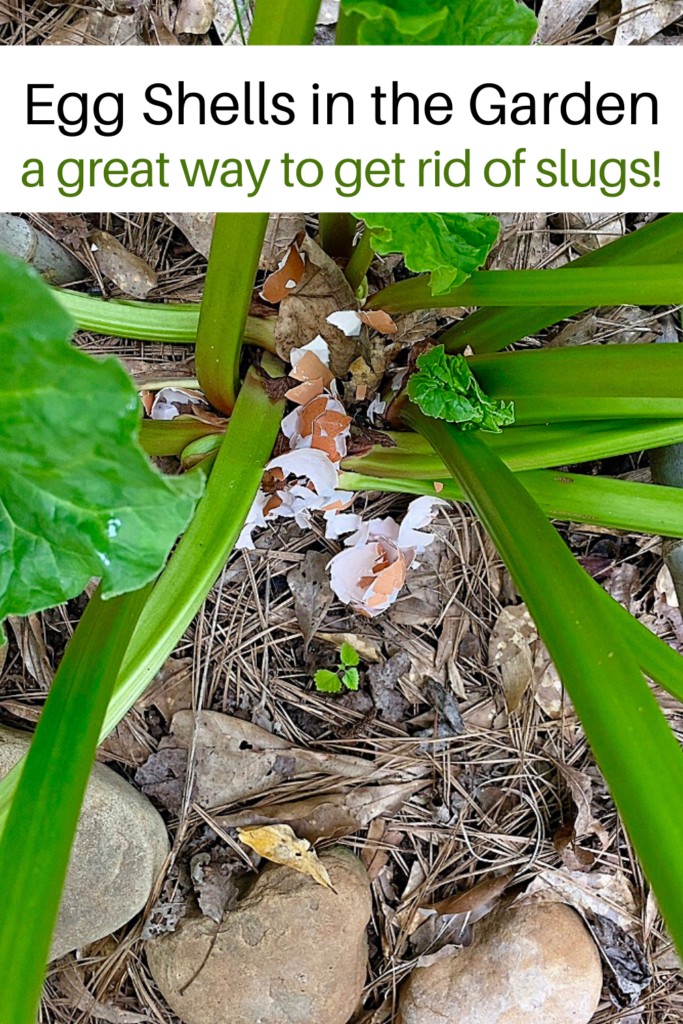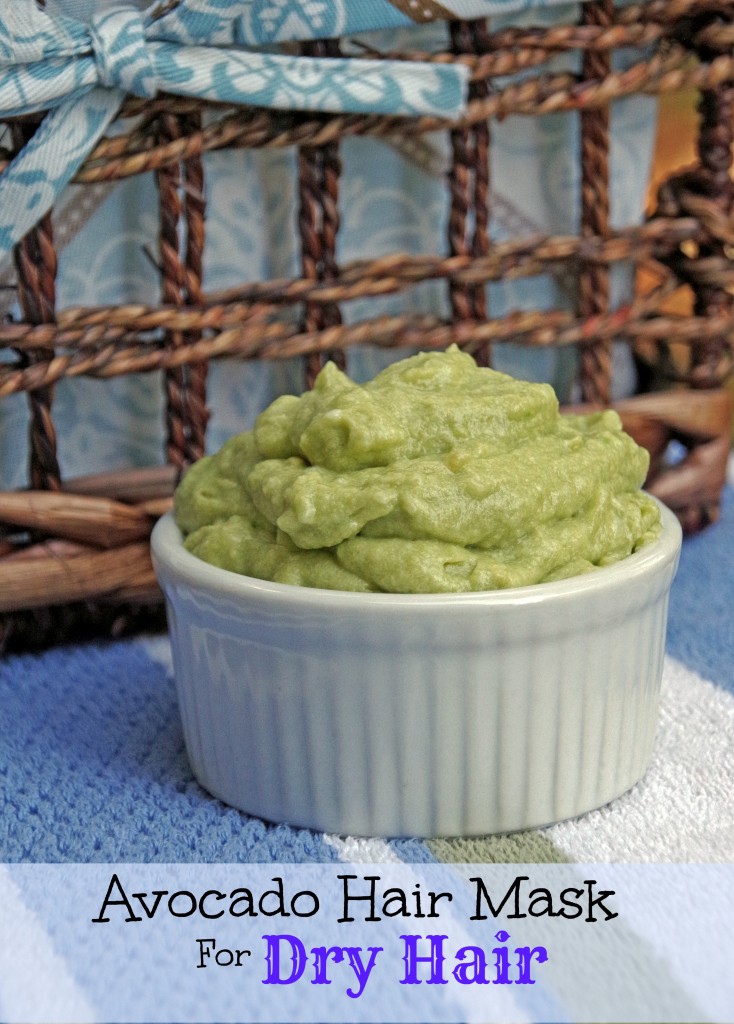Looking for green ways to dispose of food waste? Well, you have LOTS of options! From composting and gardening to regrowing food scraps or feeding chickens, there are plenty of ways to decrease trash output by eliminating food waste. If you are wondering what to do with food scraps besides throw them away, here are a few suggestions.
Posts feature partner companies & may be sponsored. Post contains affiliate links & I will be compensated if you make a purchase after clicking on links. As an Amazon Associate I earn from qualifying purchases.

Table of Contents
What To Do With Leftover Food Waste
Fruit and vegetable scraps, eggs shells, coffee grounds and other food scraps can get a second life if you are creative. Keep in mind that most of these tips for food recycling do not apply to meat scraps.
Some areas of the country have domestic food waste production programs, however, my area does not so I have to get creative. If you would like more info on reducing trash production at home, check out my post on zero waste living for more information.

✯Don’t want to miss the next post?✯
Follow Turning the Clock Back on Facebook | Twitter | Pinterest
Or join the private Facebook group for simple tips on going green!
Use vegetable scraps to make homemade stock
Making homemade stock from chicken bones and vegetable scraps is something I do regularly. Fill the crockpot with water. Add in one chicken carcass with meat removed. Or, whatever leftover chicken bones you have.
Into your crockpot, toss things like onion skins, carrot peels, garlic skin, celery trimmings, etc. Add a few spices. I like pepper corns and bay leaves. Turn on the crock pot, put on the lid and turn on high for 4 to 6 hours. Then, let it cool

Composting food scraps at home
Whether you choose to buy a plastic backyard compost bin or start your own worm farm, there are lots of ways to turn your leftover food scraps into food for your garden. If you have a large backyard, you can just make a compost pile right on the ground, which makes things a lot easier.
If you live in an urban area, check out my post about urban composting for tips that might make it easier. Just remember, composting is a bit of a science. Check out the Environmental Protection Agency for more information on composting food scraps at home.

Use certain foods in the garden without composting them
While composting is great, some foods you can use in your garden without even composting them. Egg shells just get crumbled up at the base of your plants to get rid of slugs and caterpillars. And the dreaded tomato hornworm caterpillar that loves to eat my tomato plants. Or the slugs that eat my garden fresh rhubarb!
Coffee grounds are another food that can be used in the garden to amend the soil organically. If you want more ideas, check out my post about foods that can be used in an organic garden to improve soil health.

Regrow food from food scraps
Certain foods like celery and green onions can be regrown after you chop off the part you normally eat. My son loves doing this and will often sprout celery and plant it outside after I trim off the stalks from the one I buy at the grocery store.
How do you regrow celery? Very easy! Take the base of the celery once you cut the stalks from it and rinse it off. Put it in a shallow bowl of water and set it on the counter in a bit of sun. Change the water daily. You will eventually see it sprouting up from the center.
Once the growth seems significant (in about two weeks or so), transplant it into a pot of soil outside. Or, you can leave it inside if you have a sunny spot to grow it. This is one easy thing you can grow inside during the colder months. Check out my post on things you can grow in November for more indoor gardening ideas.

Feed your chickens approved leftover food scraps
Well, this is one that I sadly cannot do since I don’t have chickens. I do feed plenty of carrot tops and other vegetable trimmings to the dog. She absolutely loves them! But, if you DO have backyard chickens, feed your vegetable waste to them.
You can also see if there is a neighbor that has chickens (or pigs!) who might like your food waste. My local farmer is always looking for scraps of fruits and veggies for his pigs!

Eat them!
Some food scraps that you think are inedible actually aren’t. They may not jump up and scream ‘EAT ME’ but things like watermelon rinds, carrot fronds, orange peels and other leftover food bits are actually edible.
Check out my carrot top pesto recipe if you want to turn your carrot fronts into a delicious meal. Check out Love Food Hate Waste for more food waste recipes.

More Uses for Food Waste to Try
Okay, so, you need more ideas on what to do with food scraps besides tossing them in the trash?
Here are a few links in my blog that might help you on your food recycling mission:
- Avocado hair mask for dry hair: Great way to use over ripe avocados.
- Coffee body scrub: Used coffee grounds, brown sugar, shea butter… a heavenly combination for dry skin! Check out my post on how to use coffee grounds around the house for more ideas.
- Crock Pot Air Freshener: Throw leftover orange peels, apple skins, ginger peelings, a few cloves and cinnamon sticks into a crock pot with water. Leave the lid off and simmer all day. Your house will smell fabulous. Check out my DIY bathtub tea bags where you can use dried orange peels or read my tips on how to reuse orange peels for more ideas.
Food recycling should become part of everyone’s daily routine. While you can’t get rid of ALL your food waste, learning how to recycle food waste at home will go a long ways towards reducing your carbon footprint.
Eating at restaurants makes waste recycling a little bit more challenging. Check out my post about restaurant food waste facts to learn how to reduce food waste when eating out.

Diane is a professional blogger and nationally certified pharmacy technician at Good Pill Pharmacy. She earned her BS in Microbiology at the University of New Hampshire and has worked in cancer research, academics, and biotechnology. Concern over the growing incidence of human disease and the birth of her children led her to begin living a more natural life. She quickly realized that the information she was learning along the way could be beneficial to many others and started blogging and freelance writing to share this knowledge with others. Learn more about her HERE.

I really enjoyed reading this email.